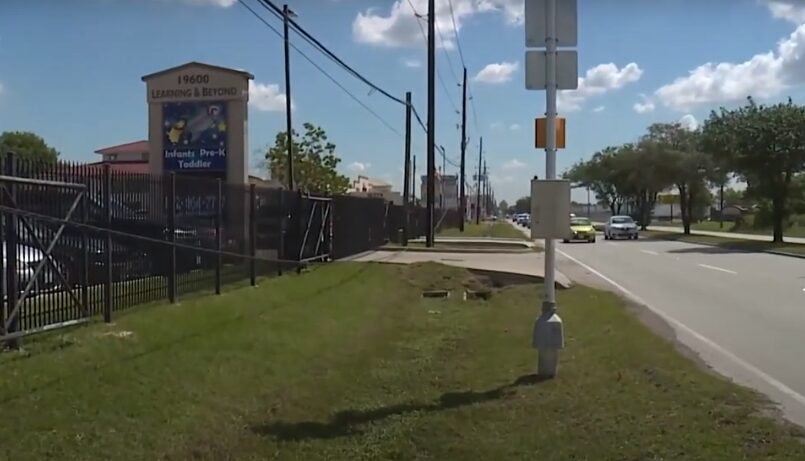Understanding Utility Easements: A Vital Insight
In the realm of property ownership, the term “utility easement” holds significant weight. This designation, applicable to individuals or utility companies, plays a crucial role in the property landscape. Delving into the intricacies of property deeds reveals the necessity of detailing existing easements. As a property owner, comprehension of these easements grants you the right to control access to most areas, barring those falling under the designated easement.
The Diverse World of Easements
Easements come in various forms, spanning utility, drainage, sidewalk, and driveway easements. Sidewalk and driveway easements often trace back to the public or adjacent homeowners’ historical use of these areas. Once established, an easement becomes a permanent fixture, only relinquished if the grantee chooses to abandon it.
Unveiling the Utility Easement
Decoding the Essence
Among the plethora of easements, the utility easement stands out, empowering utility companies to access properties for communal benefit. Picture a scenario where a tree in your backyard interferes with telephone lines. With a utility easement in place, the utility company gains the authority to access your property and trim the offending tree.
The Spectrum of Utility Lines
Upon property acquisition, existing utility lines, encompassing overhead and underground electric lines, cable, telephone, water, sewer, and television lines, may already be in place. This becomes particularly evident if the property has undergone development. Utility easements grant providers unimpeded access for installation, maintenance, or repair of these vital lines.
Crafting a Utility Easement
Understanding the genesis of utility easements involves recognizing their initial recording in a county courthouse. While detailed in property deeds, these documents find their first home in official county records. The deed, subsequently stored at various locations, ensures transparency regarding easement specifics.
Navigating Access with a Utility Easement
Limiting Access to the Designated Few
An easement’s design is tailored for specific use, delineated in the property deed. Typically, only utility company personnel possess access rights, confined to the precise area of intended work.
Impact on Property
Utility easements wield influence over your property in several ways. While almost every residential property hosts a utility easement, its presence rarely impacts property value negatively. Residents can live, build, and plant on their land, provided these actions don’t impede utility access.
Unveiling the Mystery: Discovering Utility Easements
Tracing Easement Origins
Determining if your property carries a utility easement is straightforward. Consult your property deed, accessible at the local county courthouse, clerk’s office, or tax assessor’s office. Older records may require additional effort, potentially involving collaboration with utility companies for comprehensive information.
Additional Avenues
Beyond deeds, mortgage surveys provide a plot of recorded easements, especially in platted subdivisions. For prospective property buyers, title companies can conduct a title search to unveil any recorded easements. Existing property owners seeking information should contact the local county courthouse, equipped with essential details.
Confronting the Unavoidable: A Utility Easement on Your Property
Immovability of Easements
Once a utility easement graces your land, its permanence becomes undeniable. Property ownership changes won’t alter the easement’s terms. Prospective buyers inherit the same responsibilities as previous owners, emphasizing the importance of due diligence before property acquisition.
The Alternative: Easement-Free Land
While the permanence of utility easements is a given, their prevalence suggests that acquiring easement-free land is a rare feat. Instead, understanding and accepting utility easements as a common facet of property ownership minimizes potential concerns.
Conclusion
In conclusion, utility easements seamlessly integrate into the fabric of residential properties. Acknowledging their existence and comprehending their impact fosters a harmonious coexistence with utility providers. For detailed insights, your county courthouse or local utility company serves as an invaluable resource, ensuring you remain well-informed about your property’s dynamics.
In the tapestry of property ownership, understanding utility easements emerges as a vital thread, intricately woven into the fabric of residential landscapes. This exploration has illuminated the significance of utility easements, particularly the commonality of their existence and the imperative role they play in supporting community utilities. While the permanence of these designations may pose questions for some, acknowledging their prevalence fosters a pragmatic approach to property ownership. The key lies in informed decision-making, whether during property acquisition or navigating existing easements. Embracing utility easements as an integral aspect of real estate normalizes their presence, enabling property owners to coexist harmoniously with utility providers. As this journey into the realm of utility easements concludes, the takeaway is clear: awareness empowers property owners, ensuring a seamless integration of their land into the broader community landscape.







